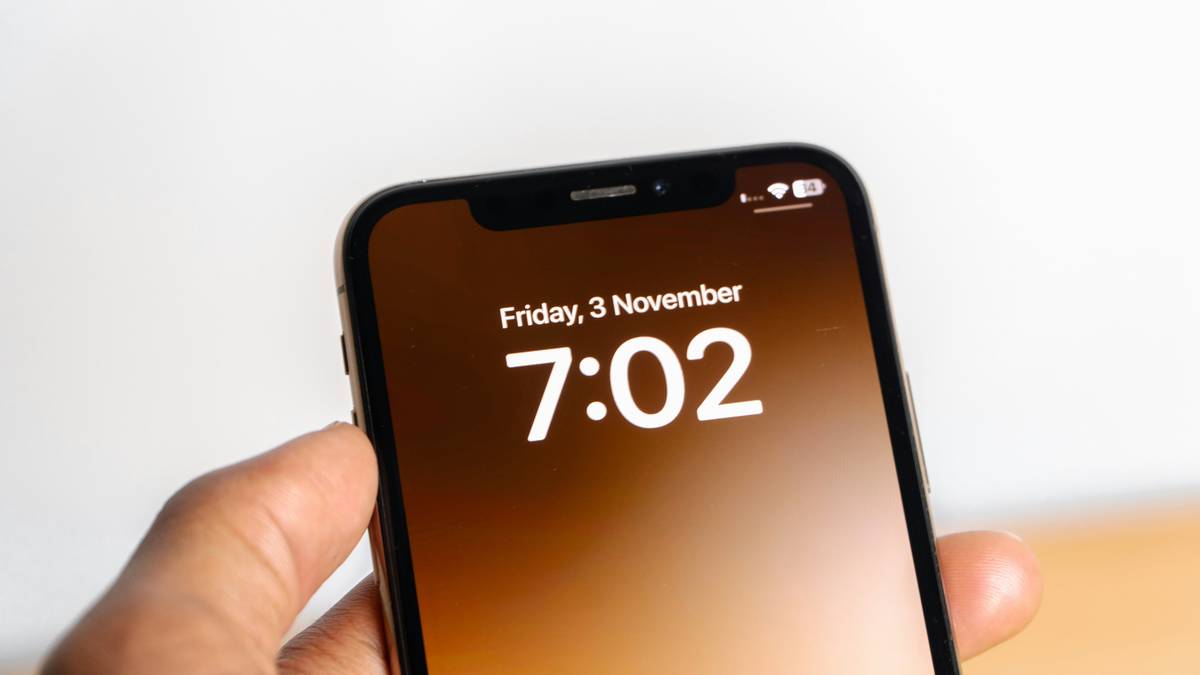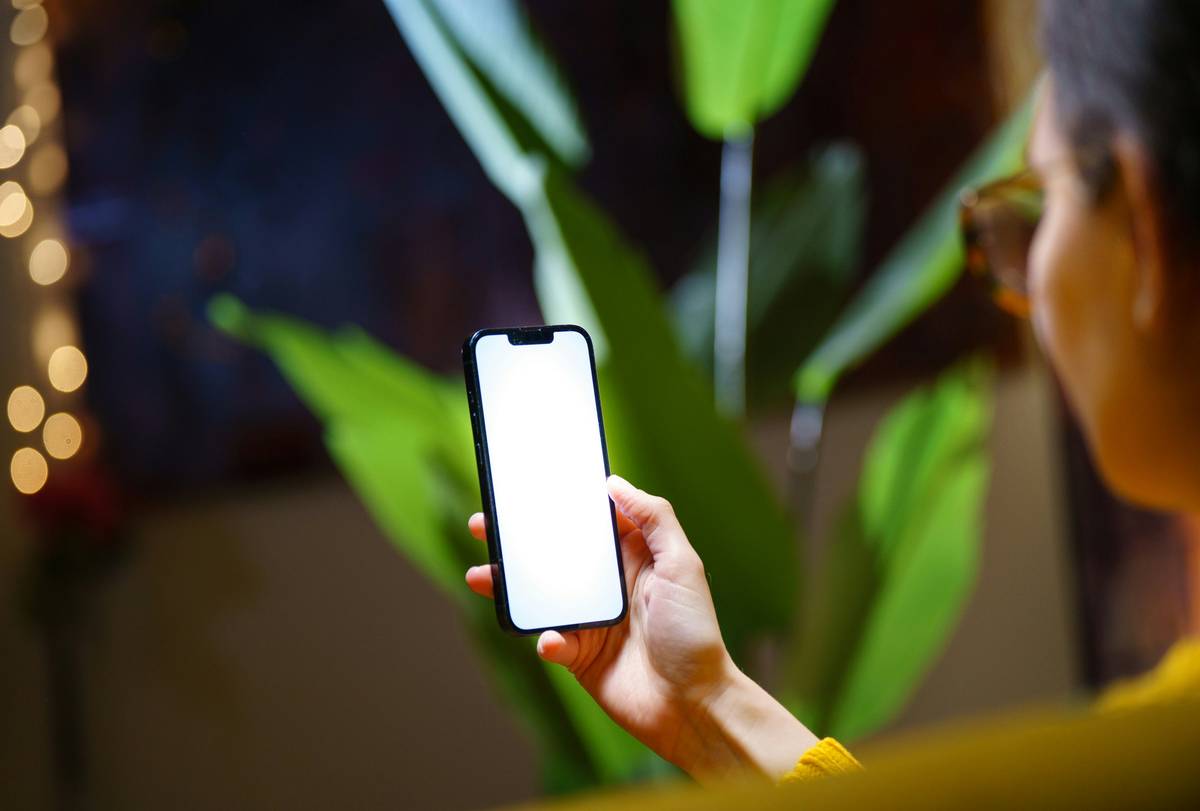Ever found yourself staring at the clock, realizing you’ve been glued to your screen for hours without a single break? Yeah, we’ve all been there. Whether it’s back-to-back Zoom calls or endless emails, our brains weren’t built for marathon focus sessions. But what if there was a way to remind yourself (nicely) that it’s time to step away before stress takes over?
In this post, we’ll explore how mental break timers can transform your workday and improve your mental wellness. By the end, you’ll know exactly how these apps work, why they’re game-changing, and how to choose the best one for your lifestyle.
You’ll learn:
- What causes stress when breaks are ignored
- A step-by-step guide to using mental break timers effectively
- Tips for maximizing their impact on stress management
Table of Contents
- The Problem with Ignoring Breaks
- How to Use a Mental Break Timer Like a Pro
- Best Practices for Stress-Busting Breaks
- Real-Life Success Stories Using Mental Break Timers
- Frequently Asked Questions
Key Takeaways
- Mental break timers help combat burnout by encouraging regular pauses during tasks.
- Choosing the right app depends on your preferences—gamified features, notifications, or analytics may suit different users.
- Combining mindfulness techniques with scheduled breaks boosts productivity and mental clarity.
Why Do We Need a Mental Break Timer? (Hint: It’s Not Just About Coffee Runs)

Here’s an uncomfortable truth: skipping breaks is like running a car engine nonstop—it eventually overheats. Your brain works hard every second, processing decisions, solving problems, and avoiding distractions. If you don’t give it downtime, stress builds up faster than unread Slack messages.
“Optimist You:” ‘Oh, I’ll remember to take breaks later.’
“Grumpy You:” ‘Yeah, right. That never happens until lunchtime.’*
Enter the mental break timer: a nudge from technology telling you when it’s okay—and necessary—to pause. These apps send reminders, track progress, and even suggest breathing exercises so your mind gets what it craves: rest.
How to Use a Mental Break Timer Like a Pro
Step 1: Choose the Right App
Not all timers are created equal. Some come packed with gamification elements, others lean minimalist. For instance:
- Focus Booster: Perfect for Pomodoro enthusiasts who need structure.
- Breathwrk: Combines breaks with guided meditation prompts.
- TimeOut: Blocks your screen temporarily, forcing short breaks.
Step 2: Customize Your Settings
Think about your workflow. Maybe you thrive on frequent microbreaks (5 minutes per hour), or perhaps longer intervals work better (e.g., 90 minutes followed by 20). Adjust settings accordingly.
Step 3: Sync with Mindfulness Techniques
Instead of scrolling through Instagram during breaks, try stretching, deep breathing, or journaling. Pairing physical activity with mental reset amplifies benefits.
Best Practices for Stress-Busting Breaks

- Keep Hydrated: A mental break timer doubles as a reminder to grab water.
- Move Around: Walking—even just around your room—boosts circulation.
- Avoid Screens: Resist the urge to scroll. Opt for offline activities instead.
- Set Boundaries: Let colleagues know you’re taking breaks intentionally.
Pro tip: Use noise-canceling headphones paired with ambient sounds (hello, rainforest playlist!) to zone out completely.
Real-Life Success Stories Using Mental Break Timers
I once made the rookie mistake of turning off my mental break timer because “I had too much to do.” Spoiler alert: My productivity tanked, and my anxiety skyrocketed. Now, I swear by Stretchly, a free open-source app that pings me with tiny stretch reminders. The result? Fewer headaches, more energy, and zero caffeine jitters.
A study conducted among remote workers showed those who integrated mental break timers reported a 25% increase in daily task completion rates. Sounds promising, doesn’t it?
Frequently Asked Questions
Q1: What makes a good mental break timer?
A great one aligns with your habits and goals—whether that means customizable schedules, gentle nudges, or integrations with other productivity tools.
Q2: Can I rely exclusively on manual timers?
Yes, but manual timers require discipline. Apps automate the process, keeping you accountable.
Q3: Are mental break timers only useful for desk jobs?
Nope! From chefs prepping meals to runners training for marathons, anyone can benefit from structured recovery periods.
Q4: Does staring blankly count as a break?
Totally legit—but adding movement or fresh air amplifies results. Chef’s kiss for multi-tasking self-care!
Conclusion
Giving your brain permission to chill is no longer optional—it’s essential. A mental break timer isn’t just another gadget; it’s your personal coach for staying sharp and sane amidst chaos.
To recap:
- Ignoring breaks leads to burnout; mental break timers fix that.
- Pick an app tailored to your rhythm, customize it, and pair it with mindful practices.
- Success stories prove consistency pays off (and saves sanity).
Now go forth, download that timer, and embrace healthier work habits. Oh, and remember: unlike Tamagotchis, mental break timers won’t die if neglected—they’ll simply save your mental health. 🌟


